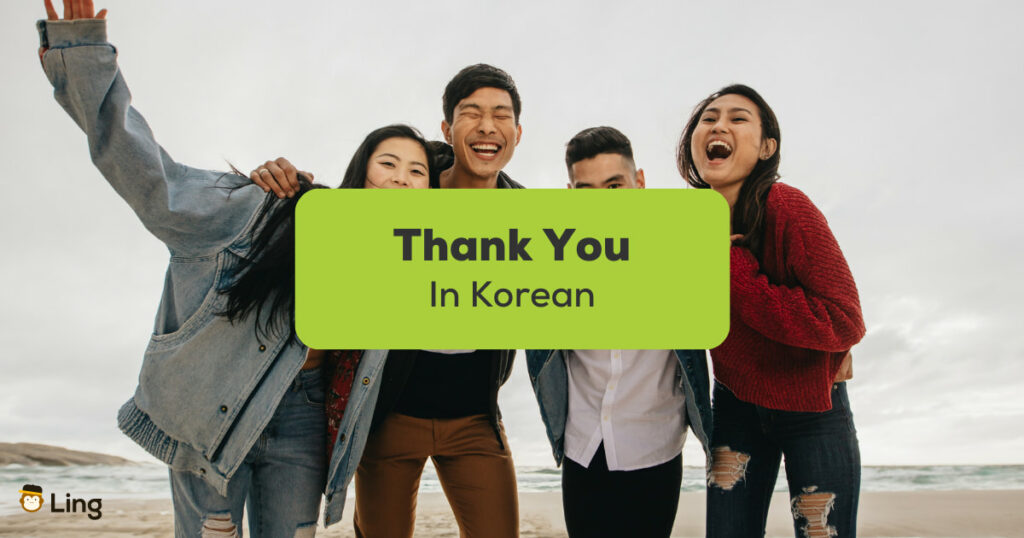Respect and etiquette are a big deal when saying Thank you in Korean 감사합니다 (gam sa ham ni da) language are not just about saying the actual words. The degree of formality varies with whom you are talking with. Koreans’ polite system and speech levels suggest how formal you should be when talking to someone.
This is what makes Korean culture unique among other cultures. Their well-preserved culture, manifested even up to this day, might be why many people want to learn Korean. If you want to learn more about the Korean language, there is a blog that talks about the overview of the Korean language.
Why Is It Important To Say Thank You?
Saying thank you is a way to express your gratitude towards someone. It is also one of the essential words we learn from our parents when we were younger. They taught us to be grateful even for small things like food, gifts, and favors.
In this world nowadays where we take almost everything for granted, it is really important to learn how to say. Thank you, and show gratitude for everything and everyone around you, no matter how small it is. As the quote says, “If you want to find happiness, find gratitude.”
How Do You Say Thank You In Korean?
Saying Thank you in Korean can be done in different ways. Koreans use different ways to show politeness. They use honorific titles, and they also change the grammatical structure of sentences. Age will really play a significant role in conversations because this will determine the level of formality when you speak. So, if you want to learn how to say Thank you in Korean, keep on reading.
Standard Way To Say Thank You In Korean
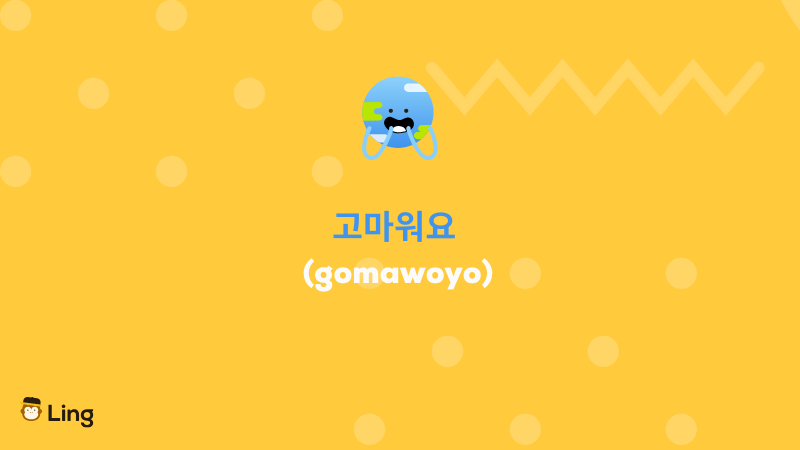
고마워요 (gomawoyo)
This is the standard way to say Thank you in Korean. 고마워요 (gomawoyo) is a bit less formal, and this is used when you speak with a person close to your age. As a language learner, it is okay to know this. But if you are actually talking with the locals, go with the formal way of saying Thank you in Korean.
Informal Way To Say Thank You In Korean
고마워 (gomawo)
If you watch Kdramas and other Korean movies and series, this is the commonly used way to say Thank you in Korean. 고마워 (gomawo) is the informal way to say thank you to someone very close to you and who is the same age or younger than you.
Make sure to remember this because you might get misinterpreted by the locals. Also, this is a less formal and less polite way to say Thank you in Korean, so only use this phrase when you are in a less formal situation.
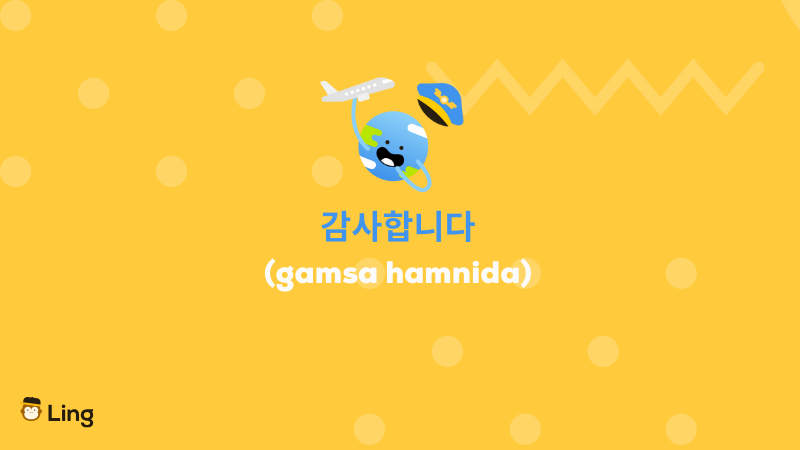
Formal Way To Say Thank You In Korean
After the standard and informal way, let us now move to the formal version. In this category, we have two:
감사합니다 (gam sa ham ni da)
One of the most important ways to say Thank you in Korean as a language learner is a formal way. If you want to be formal, 감사합니다 (gam sa ham ni da) is the right phrase for you. 니다 is a formality-infused form of the basic Korean verb phrase “to be.”
As a foreigner and non-native speaker, you could never go wrong with the formal way. This is the go-to phrase that you can use in almost all situations, like getting services from restaurants and stores, riding a taxi, and asking for directions. Remember, respect is the key to Korean culture!
고맙습니다 (go map seum ni da)
This phrase is also one of the most commonly used ways to say Thank you in Korean. 고맙습니다 (go map seum ni da) comes from the Korean verb 고맙다 (gomapda), meaning “to be thankful or grateful.” Because this is formal, you can also use it in many different situations.
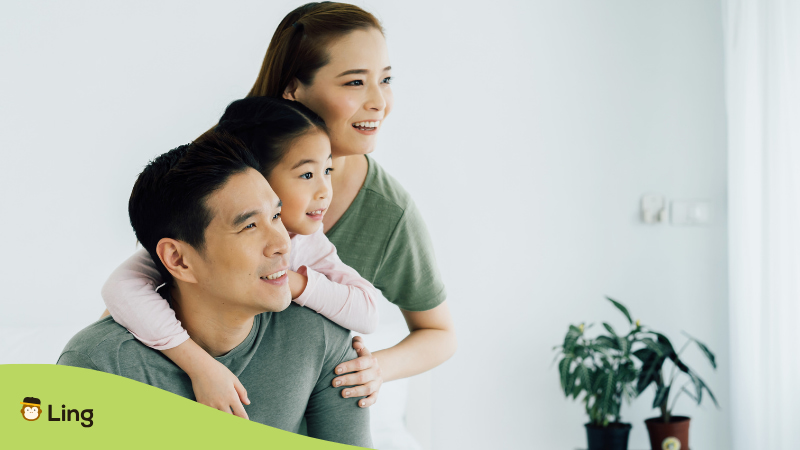
Other Ways To Say Thank You In Korean
You have learned the primary ways to say Thank you in Korean. In this part of the blog, you will learn more phrases that you can use to express your gratitude in the Korean language. This can be used for certain situations which you commonly hear among Koreans. If you want to learn the Korean language, you can add these phrases to your vocabulary.
1. 어떻게 감사를 드려야 할지 모르겠네요 (eotteoke gamsareul deuryeoya halji moreugenneyo)
English Translation: I don’t know how to thank you!
Note: This is also a formal version of saying thank you. 어떻게 감사를 드려야 할지 모르겠네요 (eotteoke gamsareul deuryeoya halji moreugenneyo) can be used to express your deep gratitude towards something that you did not expect.
2. 다시 전화 주셔서 고맙습니다 (dasi jeonhwa jusyeoseo gomapseumnida)
English Translation: Thanks for calling back.
Note: You can use this phrase when you are speaking on the phone. Just a tip, there is a different way to say hello on the telephone than saying hello in person.
3. 와 주셔서 감사합니다 (wa jusyeoseo gamsahamnida)
English Translation: Thank you for coming.
Note: This phrase can be used when your colleague attends an event you organized, or a friend comes to visit you at home.
4. 잘 먹겠습니다 (jal meoggessseubnida)
English Translation: I will eat well. (Thank you for the meal/food.)
Note: Korean food is tough to resist. If someone invited you for a meal lime 삼겹살samgyeopsal, and 짜장면 Jjajangmyeon, it is customary to say politely thank you. Even if one of your friends treated you for a meal, do not forget to say Thank you because it is still an act of kindness.
5. 정말 고마워요 (jeongmal gomawoyo)
English Translation: Thank you truly.
Note: 정말 (jeongmal) means truly. If you want to express your sincere gratitude, you can use this phrase. This will really show how sincere you are in saying thank you.
6. 대단히 감사합니다 (daedanhi gamsahamnida)
English Translation: Thank you very much! (Formal)
Note: You can use it in formal situations like giving presentations and speeches. If you happen to find a job in Korea or run a business that requires you to give presentations and speeches, this will surely be helpful because it also sounds polite.
7. 진심으로 감사드립니다 (jinsimeuro gamsadeurimnida)
English Translation: Thank you sincerely.
Note: Another sincere way to say Thank you in Korean language is진심으로 감사드립니다 (jinsimeuro gamsadeurimnida). The word 진심 (jinsim) means sincerely. Saying thanks sincerely will really touch the person to whom you are speaking.

8. 생각해 주셔서 감사합니다 (saenggakae jusyeoseo gamsahamnida)
English Translation: Thank you for your consideration.
Note: If you are in Korea, there are lots of considerations that Koreans might offer you. Starting from the place you are staying, the food served in Korean restaurants, and even transportation. So, someone took you into considerations; you can say 생각해 주셔서 감사합니다 (saenggakae jusyeoseo gamsahamnida).
9. 함께 해 주셔서 감사합니다 (hamkke hae jusyeoseo gamsahamnida)
English Translation: Thank you for joining us.
Note: If you are conducting celebrations like birthdays in Korea, visitors will join you. You can say 함께 해 주셔서 감사합니다 (hamkke hae jusyeoseo gamsahamnida), to say thanks for the time they spent with you.
10. 관심을 가져 주셔서 고맙습니다 (gwansimeul gajyeo jusyeoseo gomapseumnida)
English Translation: Thank you for your interest.
Note: The Korean word 주다 (juda) means to give, the word 가지다 (gajida) means to have or carry, and the word 관심 (gwansim) means interest. This will make more sense if you study Korean sentence structure.
11. 선물 감사합니다 (seonmul gamsahamnida)
To show your gratitude when someone gives you a gift, you can say 선물 감사합니다 (seonmul gamsahamnida). The Korean word 선물 (seonmul) means gift and 감사합니다 (gamsahamnida) means thank you formally and politely. So when you put it all together, this phrase means “Thank you for the gift.”
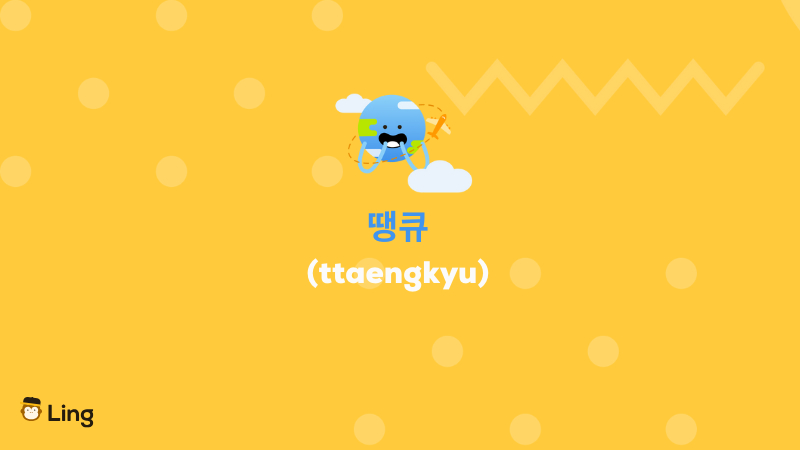
Thank You In Korean Slang
It would be best if you also learned how to say Thank you in Korean slang. If you know how to say Thank you in the Korean language, you must also learn how to reply. This slang is due to the influences of Western culture and social media. The commonly used Korean slang for thank you is 땡큐 (ttaengkyu). If you are texting, you can use ㄱㅅ which is a shortcut for 감사합니다 (gamsahamnida).
How To Say No And No Thank You In Korean?
아니에요 (anieyo gwaenchanyo)
You may be familiar with this Korean word because this is the most common way to say No, Thank you in Korean. This is a polite way to refuse something. There are also other ways to refuse and use Thank you as part of their expression. Here is some example:
| English Translation | Korean | Pronunciation |
|---|---|---|
| Thanks, but I’m gonna sit this one out. | 고맙지만 이번엔 빠질래 | Gomapjiman ibeonen ppajillae |
| Thank you but I’m not a native speaker actually | 감사하지만 사실 전 원어민이 아니에요 | Gamsahajiman sasil jeon woneomini anieyo |
More Phrases To Say Thank You In Korean
If you’re serious about learning the Korean language, you will have to practice using the words and phrases you have learned above. For example, here are some of the Korean phrases related to saying Thank you or Thanks in Korean. So make sure to make yourself familiar and practice a lot to attain mastery.
| English Translation | Korean | Pronunciation |
|---|---|---|
| Thank you for asking. | 물어봐 줘서 고마워요 | Mureobwa jwoseo gomawoyo. |
| Thanks for your kind words! | 좋은 말씀 감사합니다 | Joeun malsseum gamsahamnida. |
| Thank you for the gift. (Informal) | 선물 고마워요 | Seonmul gomawoyo. |
| I will eat well. (thank you for the meal/food.) | 잘 먹겠습니다 | Jal meoggessseubnida. |
| Thank you very much for your time. | 시간 내주셔서 대단히 감사합니다 | Sigan naejusyeoseo daedanhi gam sa ham ni da. |
| Thank you for your concern. | 염려해 주셔서 감사합니다 | Yeomnyeohae jusyeoseo gam sa ham ni da. |
| Thank you for making the time to meet us. | 시간 내 주셔서 감사합니다 | Sigan nae jusyeoseo gamsahamnida. |
| Thank you for spending time with us. | 함께 해 주셔서 감사합니다 | Hamkke hae jusyeoseo gamsahamnida. |
| Thank you for coming today. | 오늘 와 주셔서 감사합니다 | Oneul wa jusyeoseo gamsahamnida. |
| Thank you for saying so. | 그렇게 말씀해 주시니 고맙습니다 | Geureoke malsseumhae jusini gomapseumnida. |
| Thank you for letting me know. | 알려줘서 고마워요 | Allyeojwoseo gomawoyo. |
| Thank you for the message. | 메시지 보내주셔서 고맙습니다 | Mesiji bonaejusyeoseo gomapseumnida. |
| Thank you very much for listening. | 들어주셔서 대단히 감사합니다 | Deureojusyeoseo daedanhi gamsahamnida. |
| Thank you, this was very productive. | 고맙습니다. 매우 생산적이었어요. | Gomapseumnida. Maeu saengsanjeogieosseoyo. |
| Thank you for helping me. | 도와 주셔서 감사합니다 | Dowa jusyeoseo gam sa ham ni da. |
| Thank you for being patient and helping me improve. | 제가 나아질 수 있게 인내심을 갖고 도와주셔서 감사합니다 | Jega naajil su itge innaesimeul gatgo dowajusyeoseo gamsahamnida. |
| Thank you for looking over my writing assignment. | 제 글쓰기 숙제를 봐주셔서 감사합니다 | Je geulsseugi sukjereul bwajusyeoseo gamsahamnida. |
| Thank you for always being my rainbow after the storm. | 항상 나에게 폭풍 후 무지개가 되어 줘서 고맙습니다 | Hangsang naege pokpung hu mujigaega doeeo jwoseo gomapsseumnida. |
| Thank you for your love letter this morning. I never could have guessed your feelings. | 오늘 아침 러브레터 고마워. 나는 절대 네 마음을 알아차리지 못했을 거야 | Oneul achim reobeureteo gomawo. Naneun jeoldae ne maeumeul arachariji motaeseul geoya. |
| Thanks, but I’m really tired. | 고마운데 너무 피곤해. | Gomaunde neomu pigonhae. |
| Thank you, I will confirm the date of my visit. | 감사합니다. 방문 날짜를 확인할게요 | Gamsahamnida. Bangmun naljjareul hwaginhalgeyo. |
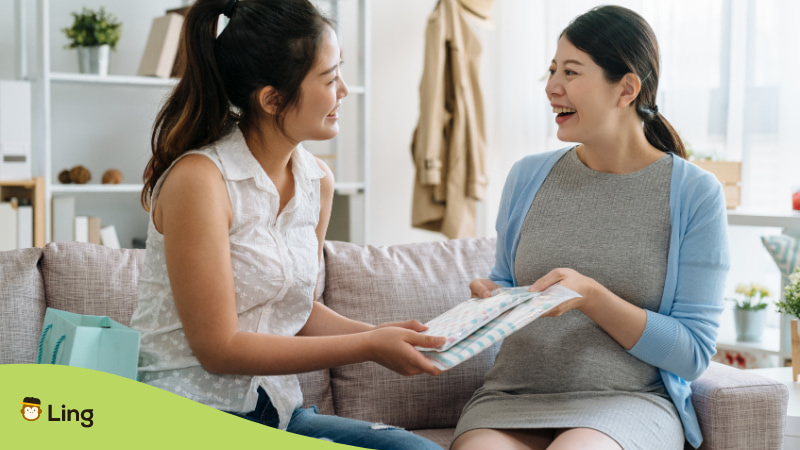
Response To Thank You And Thank You Very Much In Korean
After learning how to say Thank you in Korean, you should also learn how to respond. It is a polite thing to do that shows respect to the other person. Here are some ways to respond to Thank you in Korean.
1. 괜찮아요 (gwaenchanayo)
English Translation: You’re welcome.
This Korean phrase is the most basic way to respond to Thank you. It can be used in almost all situations, like when you give a gift to one of your friends, buy them a meal, or do a favor for them.
2. 별말씀을요 (byeolmalsseumeullyo)
English Translation: “Don’t mention it.”
This is another way to respond to Thank you in Korean. This is also one of the most common ways to respond to Thank you, not just in Korea but also in other countries. It is like saying, “It’s nothing.”
3. 천만에요 (cheonmaneyo)
English Translation: Don’t mention it.
This is another way of saying “Don’t mention it.” in Korean.
They say that gratitude is the best attitude. So if we teach each other, especially the younger generations, to be grateful for everything around them, whether small or big things, this world will surely be a better place to live.
In Korea, always remember that saying Thank you is not just about the words. It is important to be polite. These phrases you have learned from the entire blog post are just simple phrases that can be a good start if you want to learn Korean. But if you want to take your learning language journey to the next level, here is something for you.
As A Way To Say Thanks To You For Reading This Blog, Here’s A Special Treat!
How do you learn a new language? Do you watch videos on YouTube? Do you read blog posts, books, and magazines? Do you use translation apps? Do you click on ads about language learning? What if I tell you that you can have all of these experiences in the Ling app?
Yes! You have read it right. The Ling app will provide you with a language learning experience that is convenient and efficient to use. Say goodbye to books because the Ling app has free lessons about languages that you want to learn. These lessons are designed like a game where you can actually feel like you are a winner every time you finish a certain category.
The Ling app has a lot more to offer about learning languages. So, don’t waste any time. Grab your phone and download the Ling app on the Play Store or App Store.
Or go to the website and start learning Korean right away!
